Every year, millions of visitors flock to US national parks expecting picture-perfect adventures. But behind those stunning views and pristine trails lurk dangers that many folks don’t see coming.
I’ve spent almost two decades hiking these parks, and I’ve watched too many close calls happen when people underestimate what Mother Nature can throw at them.
From sudden weather changes that turn sunny hikes into survival situations, to seemingly friendly wildlife that can turn dangerous in seconds, our national parks pack plenty of surprises.
Trust me – I’ve learned the hard way that those warning signs and ranger talks aren’t just there for show.
No time right now to discovers the hidden dangers in US National Parks? Pin It and save it for later:
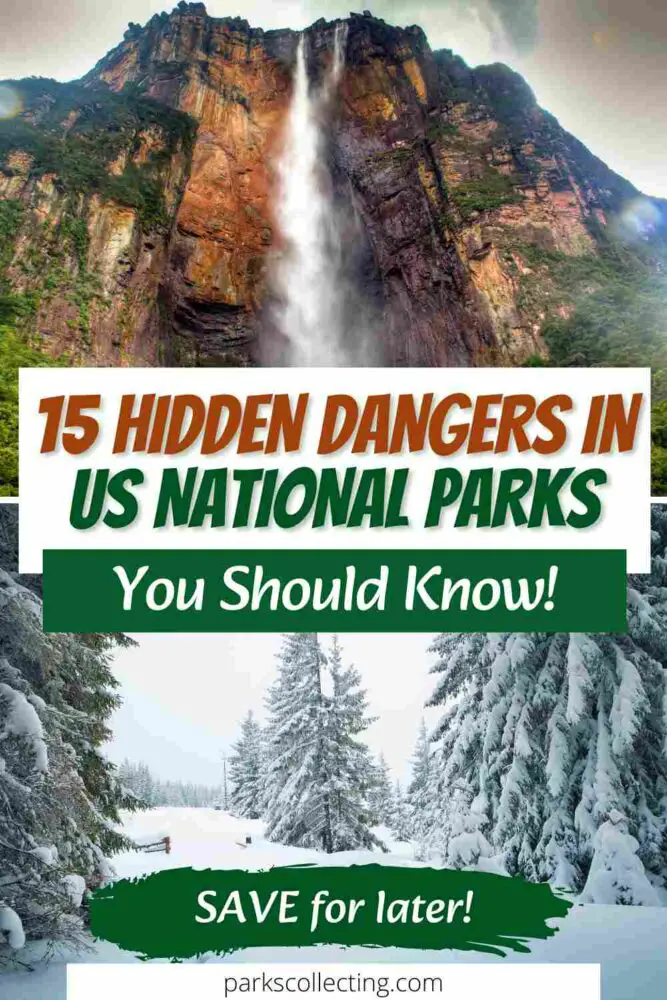

🛏️FIND A HOTEL: Search now
🚘FIND THE CHEAPEST CAR RENTAL: Search Discover Cars for the best deals
✈️FIND THE CHEAPEST FLIGHTS: Search Skyscanner for the best deals
🧳GET TRAVEL INSURANCE: Get insured with Travelex before you go
📱TAKE AN AUDIO TOUR: Buy an audio tour now
Subscribe to daily national parks planning tips, travel inspiration and trip ideas and I’ll send you a free PDF of this Guide:
15 Hidden Dangers in US National Parks (and How to Avoid Them)
Table of Contents
1. Wildlife Encounters and Animal Attacks

It’s easy to think those animal warning signs at national parks are just there for show – but they’re not kidding around. In Yellowstone, bison attacks happen frequently, usually when visitors get too close trying to snap that perfect selfie.
I saw this first-hand when I watched someone try to pet a bison – yep, you read that right. The massive animal charged, and thankfully the person escaped with just a scare. But not everyone’s so lucky.
How to Avoid the Danger
Your best bet? Stay at least 25 yards from most animals and 100 yards from bears. Don’t try to feed them, and definitely don’t try to pet them.
Trust me, watching wildlife from a safe distance is just as amazing – and way less likely to land you in the emergency room.
If you want photos, bring a zoom lens. if you want to see them in detail, bring a spotting scope or binoculars.
➡️ Best Spotting Scopes for Wildlife
➡️ Best Binoculars for the Money
Also store food properly to keep curious animals at bay. Most campgrounds in areas with bears have special storage lockers and many national parks also have special trash bins that have a latch.
But even if you’re not camping, don’t keep food in your vehicle – I’ve seen a bear actually open a car door to get food!
2. Extreme Weather Conditions and Rapid Changes
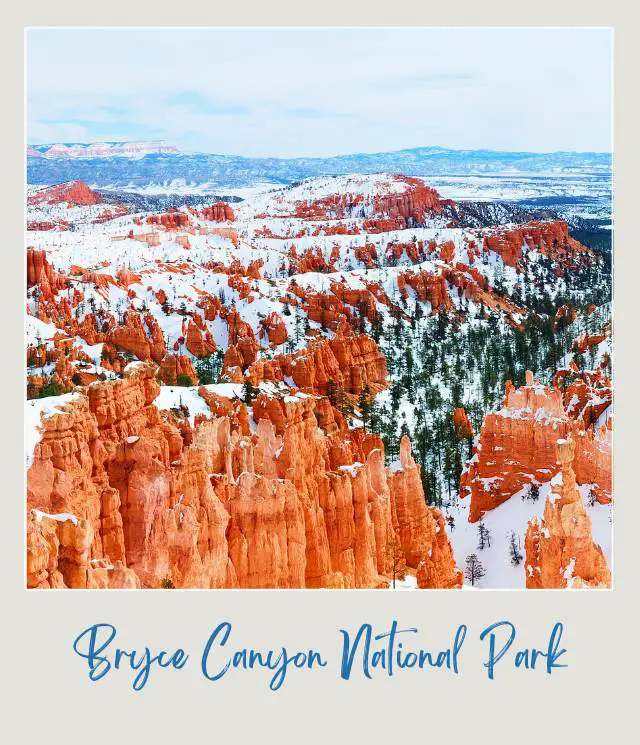
You’d be amazed how fast things can go wrong in national parks when the weather turns.
Hypothermia and heat exhaustion can become real threats if you’re ill-prepared for the mood swings of Mother Nature.
In Death Valley, one visitor had to be airlifted out after burning his feet on scorching sand. And that clear blue sky at Rocky Mountain National Park? It can flip to dangerous conditions in minutes.
Morning sun can be swiftly replaced by afternoon showers and evening chills in a blink.
I met a family who started their hike on a sunny morning, only to get caught in a thunderstorm by noon. They didn’t pack rain gear or warm layers – a rookie mistake that could’ve been serious.
And I got caught in a hailstorm in Bryce Canyon National Park without an umbrella or any protection other than my sun hat. It had been a beautiful sunny day in the morning!
How to Avoid the Danger
Always pack more water than you think you’ll need – up to a gallon per person per day in hot parks. Check the forecast before and during your visit. And bring layers and pack for contingencies even on nice days.
And if the weather looks iffy? There’s no shame in turning back.
3. Unmarked or Poorly Maintained Trails
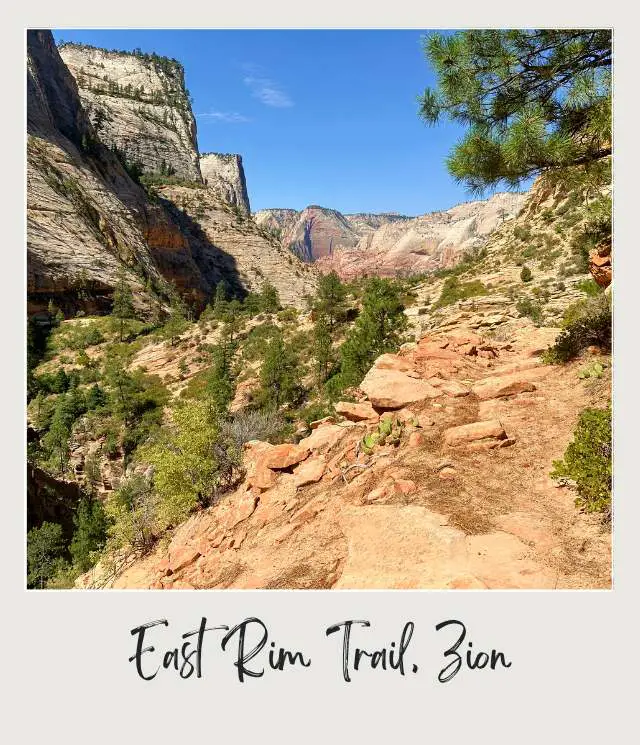
I once met a hiker who wandered off a marked path at Zion, thinking he’d found a shortcut. Two hours and one rescue team later, he learned why staying on official trails matters so much.
Even with all the hiking apps and GPS tools we have now, people still get lost in national parks. Last year, park rangers ran hundreds of search and rescue missions, many for folks who strayed from marked paths.
How to Avoid the Danger
I always download offline maps before heading out. It’s saved me more than once when cell service dropped out.
I tell someone exactly where I’m going and when I’ll be back. And if a trail starts to look sketchy or unclear? I turn around – no view is worth getting lost over.
You can also invest in a good quality handheld GPS for hikers. They’re pricey, but worth it if you’re headed out on less-busy trails where there aren’t any other people round.
➡️ Read my Guide to the Best Handheld GPS for buyer tips, recommendations and reviews.
4. Water Hazards (Rivers, Lakes, and Coastal Areas)

The stats don’t lie – water accidents are one of the most dangerous hazards in national parks!
At Great Smoky Mountains, they’re the leading cause of death after car crashes. I watched a family jump into a river there like it was their backyard pool – but natural water is totally different.
Here’s what most folks don’t get: those peaceful-looking rivers can hide nasty currents. And slippery rocks can transform peaceful waters into treacherous hazards.
At Olympic National Park, the tides can trap you if you’re not paying attention. I always grab a tide chart before hitting the coastal trails – it’s saved me from some scary situations.
How to Avoid the Danger
Want to swim? Wear a life vest, even if you’re a strong swimmer.
Check conditions at the Visitor Center first, and stay close to shore. Better yet, stick to areas with lifeguards when possible.
5. Altitude Sickness in High-Elevation Parks
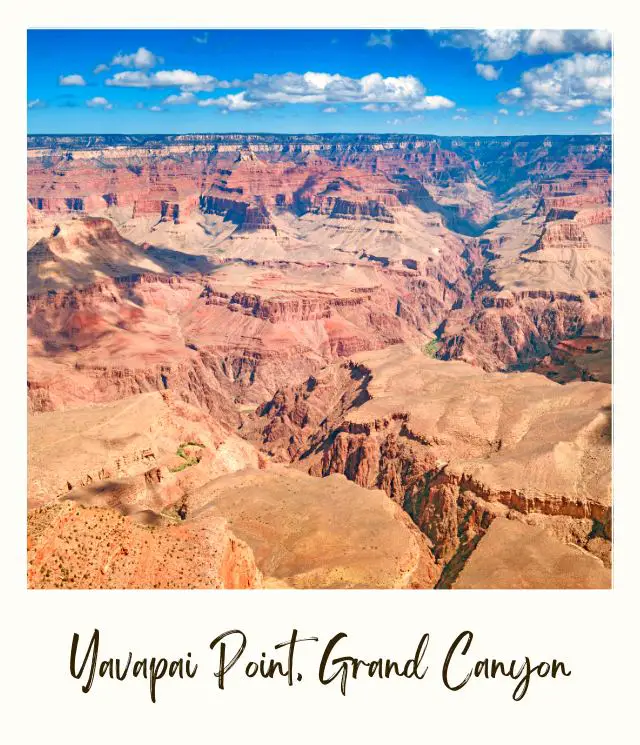
The first time I hiked at the Grand Canyon, I thought I was in good shape – but by mile two, I felt awful. Headache, dizziness, and I couldn’t catch my breath. That’s when I learned about altitude sickness the hard way.
Most folks don’t know that going from sea level to high-elevation parks can hit you hard, even if you’re fit. I’ve seen people try to hike rim-to-rim at the Grand Canyon without giving their bodies time to adjust – it seldom ends well.
How to Avoid the Danger
Now I plan ahead. I get to high-elevation areas a day early to let my body adjust. I drink tons of water (way more than normal), and I take it slow the first day.
If I start feeling sick – headache, nausea, or really tired – I head to lower ground. It’s not worth pushing through and getting into real trouble.
6. Geologic Hazards (Rockfalls, Landslides, and Unstable Terrain)

Last summer, I watched a boulder the size of a car crash down a cliff face. No one got hurt that time, but it was a wake-up call about how quick things can change in these parks.
The scary part? These rockfalls often happen without warning. Rain, temperature changes, and even small earthquakes can shake loose rocks that have been stable for years. I’ve learned to spot the signs – fresh rocks on trails, cracked cliff faces, or that hollow sound when you tap the ground.
How to Avoid the Danger
Now I stay well back from cliff edges and never stop under overhanging rocks. If you hear falling rocks or notice fresh debris on trails, move away fast.
And those warning signs about unstable areas? They’re there because someone probably learned the hard way before you.
7. Dehydration and Heat-Related Illnesses
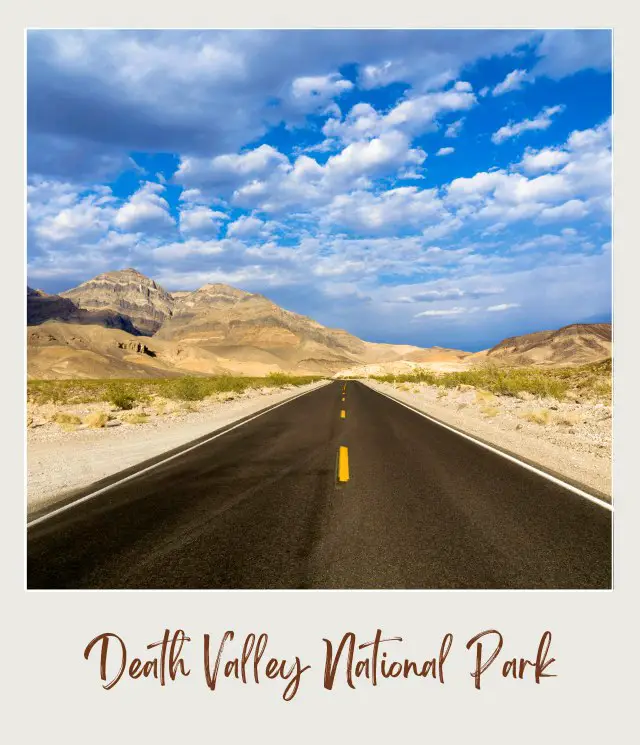
I watched a family at Zion last August walk past a water station without filling up. Two hours later, they were getting medical help for heat exhaustion. The dad told me they thought their small water bottles would be enough for a “quick hike.”
That’s the thing about parks – the heat sneaks up on you. Visitors often underestimate risks. When I hiked Death Valley, I drank a gallon of water and still felt thirsty. The signs are subtle at first – feeling tired, having a headache, or getting dizzy. By the time you feel really thirsty, you’re already dehydrated.
The other thing to be aware of is drinking too much. Yes, this is a thing. It’s called hyponatremia and is basically too low sodium/ salt from drinking too much water and not getting enough electrolytes. I’ve seen several people suffer from this while hiking in the Grand Canyon.
How to Avoid the Danger
I always pack more water than I think I’ll need – one gallon per person per day. I wear a hat, sunscreen, and light-colored clothes. And if I start feeling off? I head straight for shade and water. The canyon views will still be there tomorrow.
I also take electrolytes if I’m hiking in hot conditions. I take these LMNT electrolytes.
8. Dangerous Selfie Attempts and Photo-Related Accidents
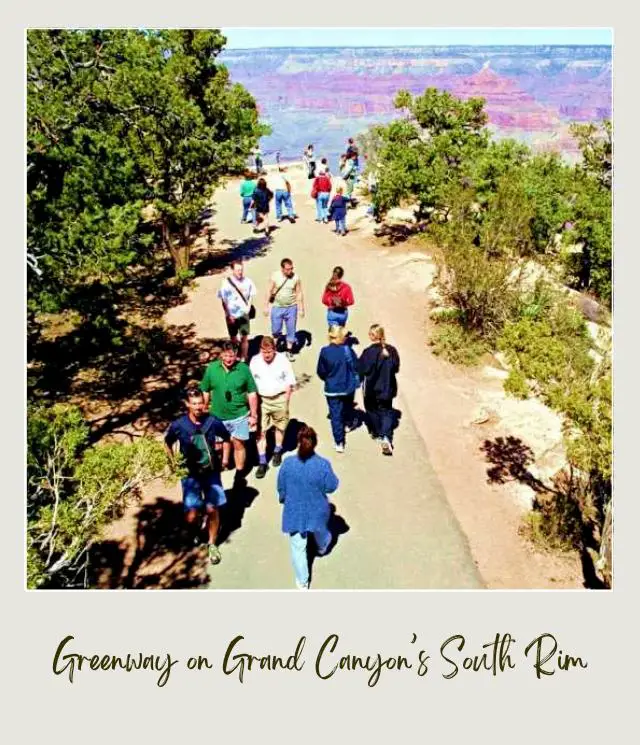
That perfect Instagram shot isn’t worth your life, but I see people risking it all the time. Last year, I saw someone climb over the fence at the Grand Canyon and then inch backward toward the cliff edge, eyes glued to their phone screen. Fortunately, there was a park ranger there who stepped in before things went bad.
Stories like this pop up at parks across the country. At Yellowstone’s thermal areas, visitors step off boardwalks for selfies with geysers. In Yosemite, people dangle their feet off Half Dome for that “epic” shot.
How to Avoid the Danger
I take tons of photos in parks, but I follow simple rules: both feet planted firmly, no climbing barriers, and absolutely no backing up without looking.
If you need proof of your visit, grab a shot from the designated viewpoints – they’re picked for good reasons, and you’ll still get amazing photos.
9. Exposure to Harmful Plants (Poison Ivy, Poison Oak)
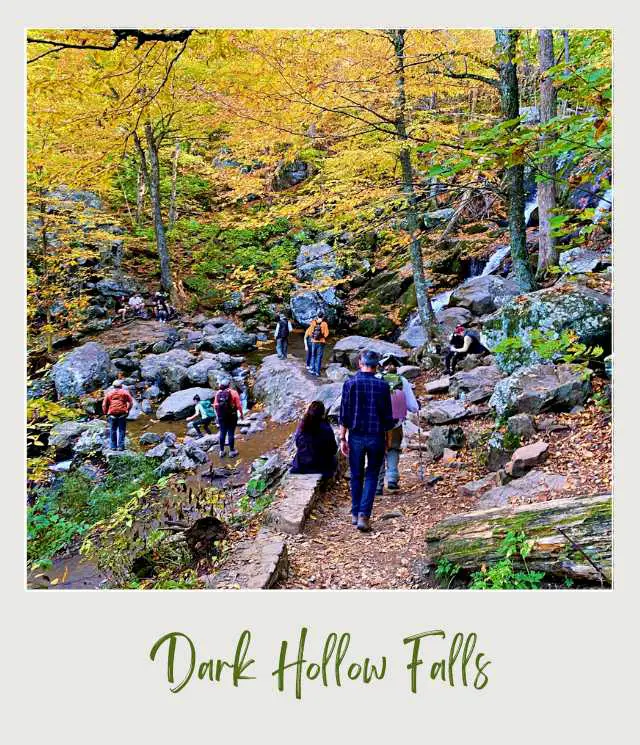
I got a nasty surprise after hiking in Shenandoah – an itchy, red rash that spread across my arms. Turns out those “pretty leaves” along the trail were poison ivy. I’m not alone – park rangers tell me plant-related rashes are some of their most common first aid calls.
The tricky part? These plants blend right in with other greenery. That “leaves of three, let it be” rule sounds simple, but when you’re on the trail, everything starts looking like it has three leaves. And poison oak? It changes color with the seasons, making it even harder to spot.
How to Avoid the Danger
Now I wear long pants and sleeves on overgrown trails, even in hot weather (this is also good for sun protection). If I think I’ve touched something iffy, I wash the area with soap and water right away.
And I always pack a small bottle of Tecnu – it’s saved my skin more than once. Tecnu removes the poisonous oil form your skin – you can get some on Amazon here.
10. Hypothermia in Cold Environments
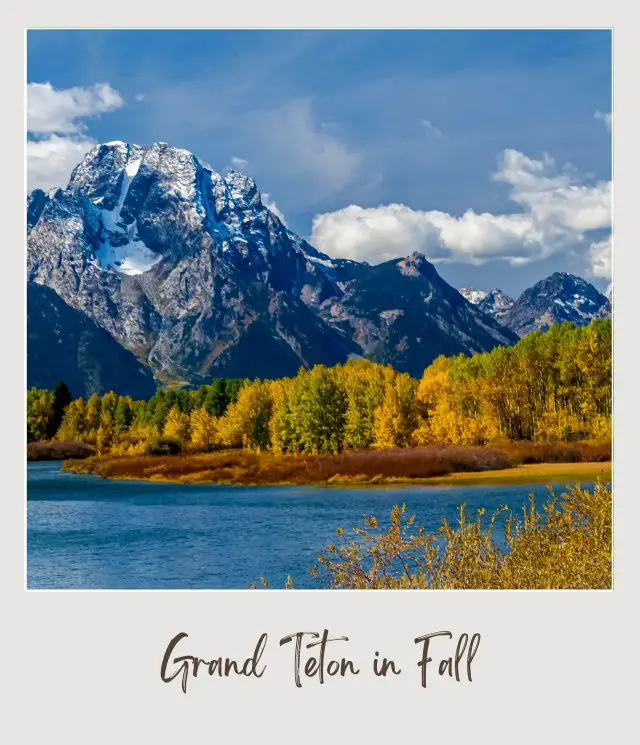
I’ll never forget the time I saw a hiker in shorts and a t-shirt at Grand Teton in late fall. By sunset, he was shivering uncontrollably – the first sign of hypothermia. The temperature had dropped 30 degrees since morning, and his cotton clothes were soaked with sweat.
Most people think hypothermia only happens in winter, but I’ve seen it hit hikers in 50-degree weather when it rains. Your body loses heat fast when you’re wet, tired, or not moving enough.
How to Avoid the Danger
I’ve stopped underestimating the dangers of seemingly mild conditions and learned to spot the warning signs – confusion, slurred speech, and that dangerous “I’m fine” attitude when someone’s clearly not.
Now I pack layers like a pro – synthetic or wool base layers (never cotton), a warm mid-layer, and waterproof outer shell. I always throw in extra dry socks and a warm hat, even on nice days. When someone starts shivering or acting weird, I get them dry, warm, and off the trail fast.
11. Avalanches in Mountainous Areas

Have you ever seen a slab of snow broke loose and slid down the mountain? With luck, no one will be in its path, but it highlights the point that avalanches are a very real danger in mountainous national parks. And they often don’t just happen randomly – they’re waiting for the right trigger.
Just last winter, I met a group heading up a steep slope after fresh snow. They hadn’t checked the avalanche forecast or brought safety gear. I told them about the skier I’d seen rescued the week before – someone who made the same mistake.
How to Avoid the Danger
Now I never head into snowy areas without checking the daily avalanche report. Stick to low-angle slopes (less than 30 degrees) when conditions are iffy. And always pack the basics – beacon, probe, and shovel.
If you’re going to be spending much time in the mountains, it’s also a good idea to take an avalanche safety course every few years to stay sharp. The mountains aren’t going anywhere, but you only get one chance with an avalanche.
12. Dangerous Water Quality and Waterborne Illnesses
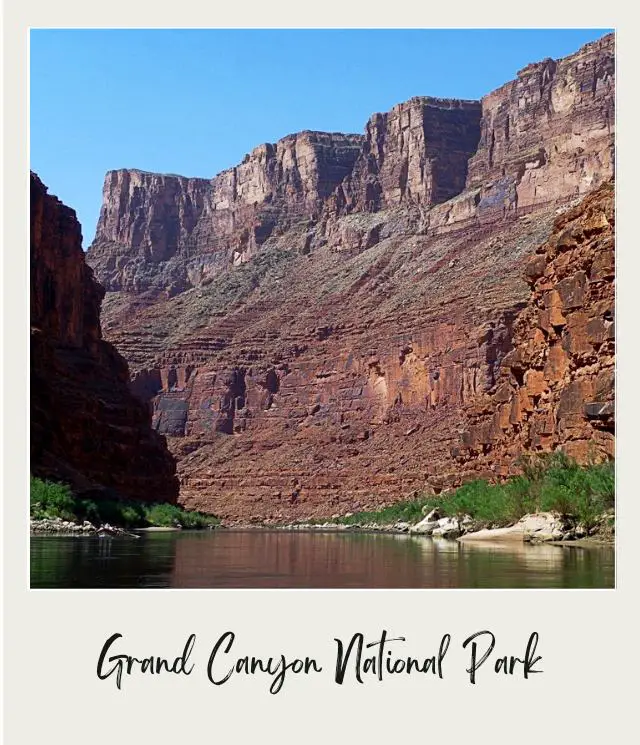
I recently watched hikers drinking straight from a crystal-clear stream. Two days later, they got hit with nasty stomach issues – turns out that pretty mountain water was full of Giardia.
It’s a common story in parks. That pure-looking spring or stream might be carrying bacteria, parasites, or other stuff you don’t want in your body. At most dangerous hazards in parks, I met a backpacker who skipped filtering his water because “it comes straight from the snow.” He spent the next week fighting off what he called “beaver fever.”
How to Avoid the Danger
I never drink untreated water now, no matter how clean it looks. I carry a good filter or purification tablets, and I always boil water at camp for at least one minute. If there is any chance that you might need to drink water from a stream, it’s worth carrying a filtration system with you.
At the very least, I take a Life Straw, because they’re small and light (get one on Amazon here if you want to get one).
If I’m hiking somewhere where I know I’ll need to fill up somewhere, like below the rim of the Grand Canyon, I never assume that the water faucets will be working – things happen. In those situations, I take a better water filtration system with me. I have this Sawyer SP129 Squeeze Water Filtration System.
13. Insect-Borne Diseases in Parks
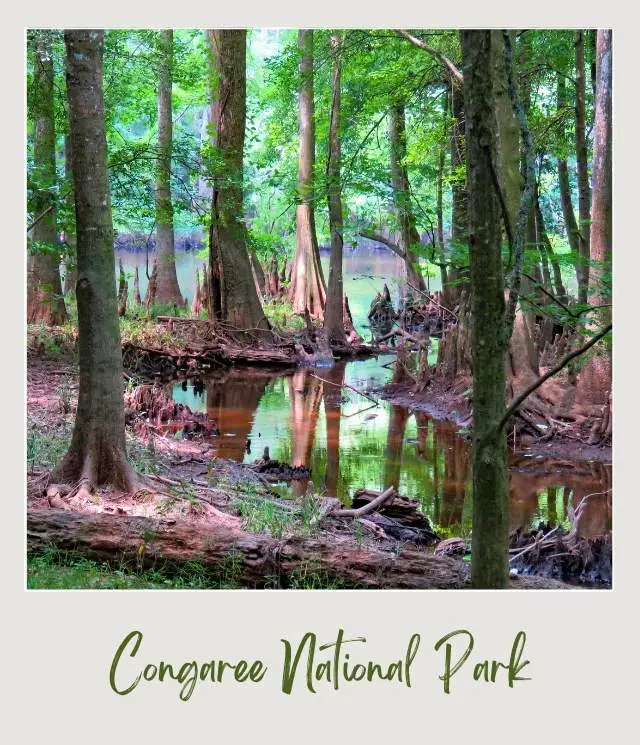
In many of the forested eastern national parks, ticks are no joke. I found three of them attached after just one day on the trail. I know someone who ended up with Lyme disease after missing a tiny tick behind his knee.
Things aren’t much better out west. At Yosemite, mosquitoes carrying West Nile virus changed my whole hiking schedule. I had to skip dawn and dusk hikes – prime mosquito time – after a ranger told me about recent cases in the park.
How to Avoid the Danger
These days, I treat my clothes with permethrin before trips and pack strong bug spray. I wear long sleeves and pants in tick areas, even when it’s hot. Every night, I do a full-body tick check – yes, everywhere. And if I get flu-like symptoms or that telltale bull’s-eye rash after a hike? I head straight to the doctor. Better safe than sorry.
14. Flash Floods in Canyon Country
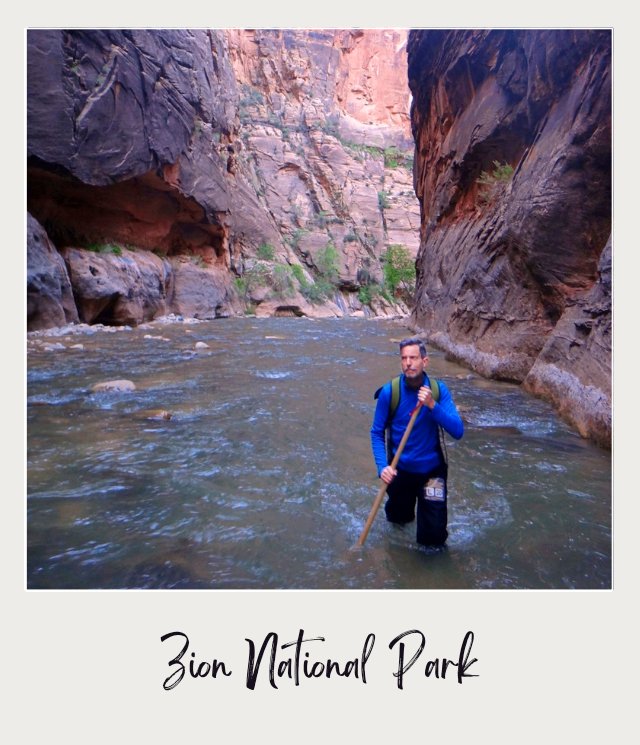
Dry canyons can quickly transform into raging rivers in minutes. The first sign? A distant rumble. Then water comes rushing through the canyon faster than anyone can run. People have died in flash floods as a raging torrent has swept them away.
And the thing about flash floods is that they don’t care if it’s raining where you are. A storm miles away can send walls of water through dry canyons without warning. At Zion, it’s not uncommon for bone-dry washes to turn into raging rivers in under five minutes.
How to Avoid the Danger
I never enter slot canyons if there’s even a hint of rain in the forecast. I check the weather obsessively and talk to rangers about flood risk before hitting narrow trails.
When I’m in canyon country, I always know my escape route to higher ground – the extra planning might seem like overkill, but it could save your life.
15. Fatigue

An exuberant first step into the wilderness can swiftly devolve into overexertion. Underestimating trails and pushing beyond your physical limits spells danger.
Fatigue causes lapses in judgement, slow reactions, and a souring of the experience. That victorious ascent might lead to a headlong stumble if you’ve overdone it.
How to Avoid the Danger
I plan rest stops. If it’s really hot, I stop even when I don’t think I need it so that I avoid rather than have to deal with fatigue.
I always stay hydrated, and I pay attention to how I’m feeling so that I can recognize when it’s time to turn back. I figure that the view will be there again for me to conquer, when I’m feeling better.
Final Thoughts
After years of exploring national parks, I’ve learned that respect for these wild places goes hand in hand with staying safe. The most dangerous thing isn’t usually the wildlife, weather, or terrain – it’s our own overconfidence. I’ve seen too many close calls where a little preparation and humility could have prevented serious trouble.
Remember, these parks aren’t theme parks with safety rails everywhere. They’re real wilderness areas that demand our respect and preparation. Take it from someone who’s seen both sides – the best adventures are the ones where everyone comes home safe.
Can you think of any other dangers? Join my private Facebook group National Parks Collectors and comment and let me know (you can also pick up extra planning tips, share your photos and stories with other national park lovers and more).
Subscribe to daily national parks planning tips, travel inspiration and trip ideas and I’ll send you a free PDF of this Guide:
15 Hidden Dangers in US National Parks (and How to Avoid Them)
If you liked this article, Pin It to your National Parks board!


💡 Are you just starting to think about taking a National Parks trip? Get Inspiration
‼️ Do you need tips and additional information? Read a selection of tips for visiting US national parks
💻 Are you starting to plan a trip to a national park? Read my free guides
📋 Do you need an itinerary? Buy a detailed itinerary for your park
💲 Are you ready to book your trip? Use these Planning and Booking Resources
📖 Do you want to read a book about US national parks? Check out my Recommended Reading Lists
About the Author
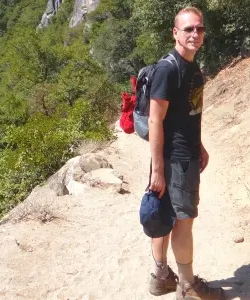
James Ian is a national park, camping and hiking expert.
He has dedicated his life to travel, visiting more than 80 countries, all 7 continents and most of the national parks in the United States. With over 35 years experience in the travel industry, James has worked on cruise ships, at resorts and hotels, and as a travel planner who’s helped hundreds of people plan successful trips to US national parks.
Based on his experience visiting our national parks multiple times, in-depth research and expertise as a travel planner, James has published detailed itineraries for many of the major national parks in the US. These itineraries, as well as in-depth park guides, and other resources will help you have your own incredible trip to US national parks without stress and hassle.
As a national park expert, James has contributed to many publications, including USA Today, Newsweek, Time Business News, Savoteur, Best Trip, and Wired.
I’m a member of the Amazon Services LLC Associates Program. As an Amazon Associate I earn from qualifying purchases.
